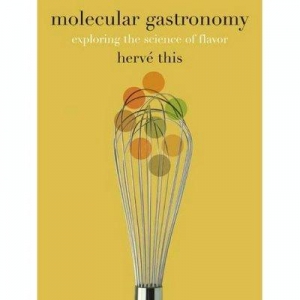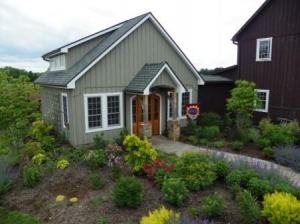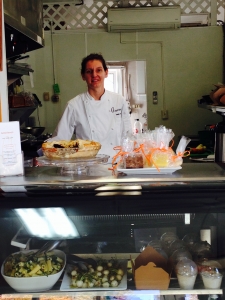On Eating with Pleasure
“Eating with the fullest pleasure — pleasure, that is, that does not depend on ignorance — is perhaps the profoundest enactment of our connection with the world. In this pleasure we experience and celebrate our dependence and our gratitude, for we are living from mystery, from creatures we did not make and powers we cannot comprehend.”
Wendell Berry: On the Pleasures of Eating
So much of our holiday celebrations are centered on food– food traditions, such as gingerbread houses and holiday hams, and meals as a gathering for friends and family. Wendell Berry’s statement above is a gentle reminder for us to extend the gratitude of the season to gratitude for the food we eat. How do you celebrate your gratitude for the food you eat?

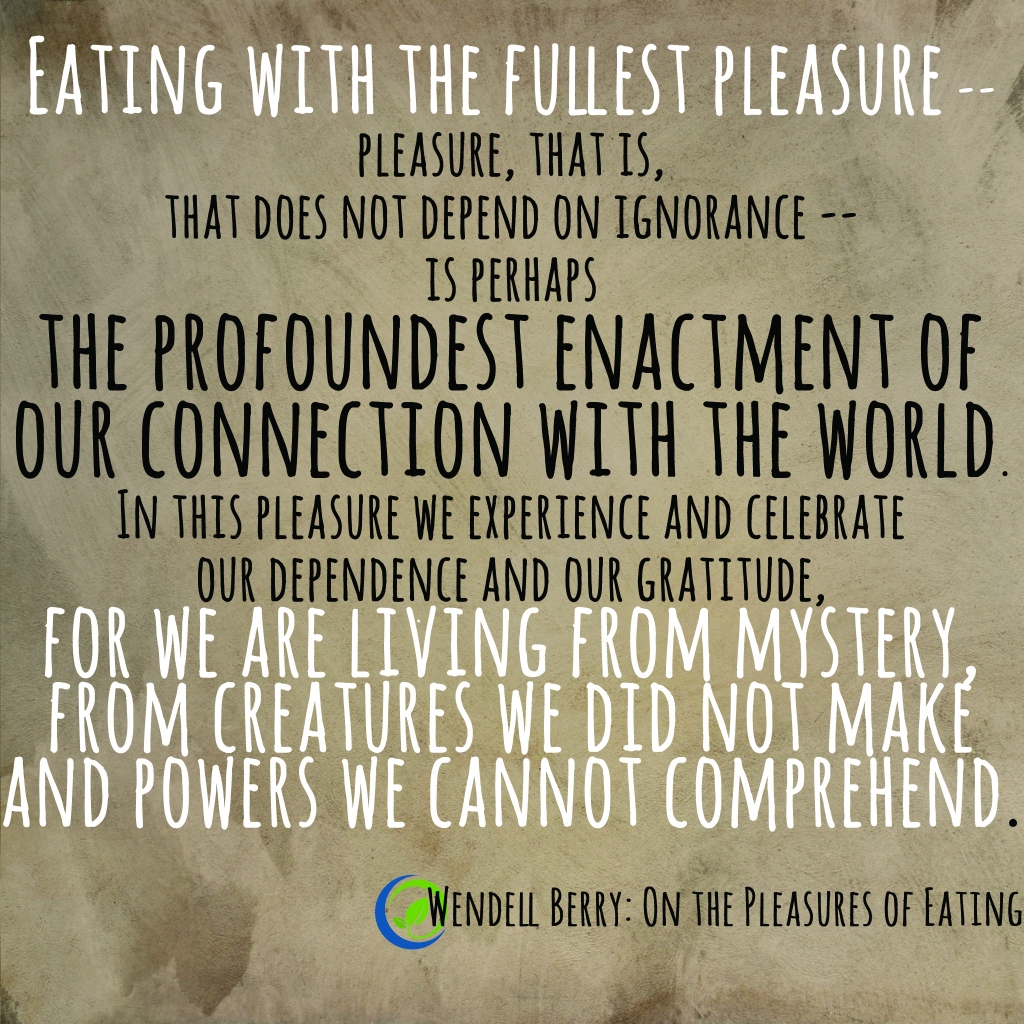

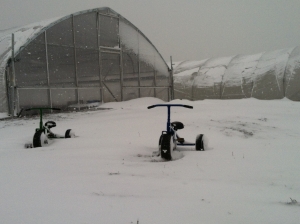


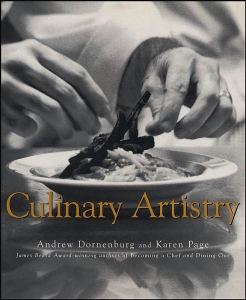 Culinary Artistry by Andrew Dornenburg and Karen Page explores the creativity of culinary composition as it relates to imagination, food, and taste. It is essentially a pairing book, combined with many chef commentaries and working recipes. Culinary Artistry is on Tony’s must-read list for new cooks. “If you haven’t heard of this book, go out and pick it up.”
Culinary Artistry by Andrew Dornenburg and Karen Page explores the creativity of culinary composition as it relates to imagination, food, and taste. It is essentially a pairing book, combined with many chef commentaries and working recipes. Culinary Artistry is on Tony’s must-read list for new cooks. “If you haven’t heard of this book, go out and pick it up.”